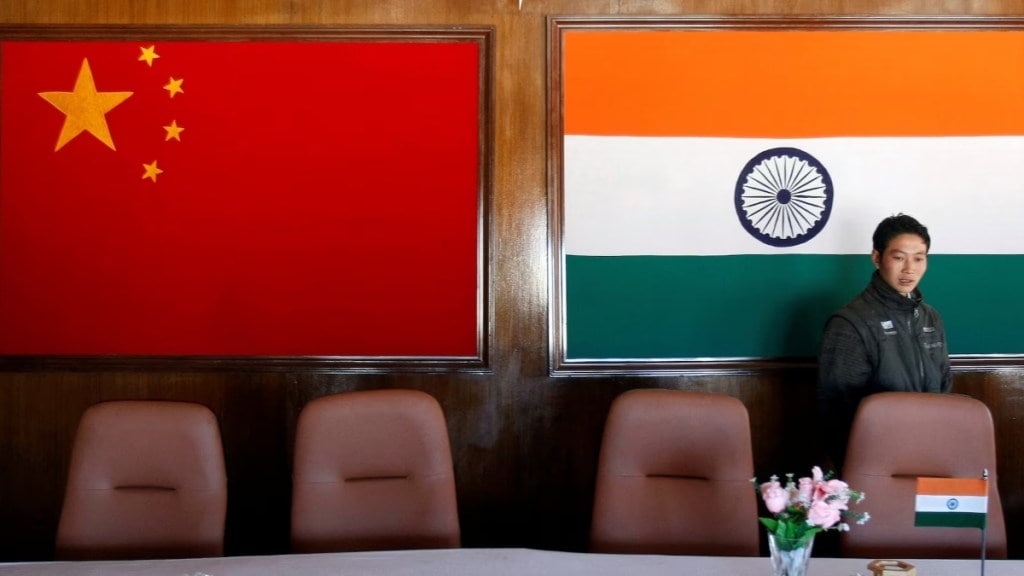India and China are cautiously exploring a path to peace along the Line of Actual Control (LAC) as tensions begin to ease after years of confrontation. In recent comments from Brisbane, Australia, Foreign Minister S. Jaishankar expressed hope for sustainable improvement in India-China relations, now that both countries have initiated a troop disengagement process. This step, he suggested, could open the door to deeper stability along the disputed border.
Jaishankar, addressing the Indian community in Australia, highlighted how the recent troop pullback marks significant progress. Reflecting on the years of strained relations, Jaishankar remarked, “Our relations [with China] were very bad.” He emphasized that while the disengagement is a major step forward, it’s only the beginning. “After the withdrawal of both countries on the LAC, we have to see in which direction we can move forward. We feel that the withdrawal from the LAC is a welcome step. This opens up the possibility that other steps can also be taken,” he noted.
This cautious optimism follows years of stalemate after the 2020 Galwan Valley clash, which pushed relations to their lowest since the 1962 war. In the aftermath, India responded by deploying troops to match China’s buildup on the LAC, restricting Chinese investments, and banning certain apps and visas from China. Jaishankar acknowledged that these measures reflected India’s stance against compromising its security, emphasizing, “Everyone knows the reasons” behind the strained ties.
A new momentum in diplomatic dialogue began after Prime Minister Narendra Modi’s recent meeting with Chinese President Xi Jinping in Russia, which set the stage for more talks at the security and diplomatic levels. Jaishankar noted, “So this is how things have been sorted out,” suggesting that India is taking a measured approach to mending relations through high-level engagements.
Defence Minister Rajnath Singh has echoed similar sentiments, revealing that India and China are working towards a “broad consensus” based on equality and mutual security. This includes respecting traditional patrolling rights and the rights of local communities on both sides of the LAC. Singh affirmed that this approach at the military and diplomatic levels could pave the way for a more structured peace in disputed areas.
Yet, challenges remain. Jaishankar stressed that, while troop disengagement is a promising step, it is “just one issue to be resolved.” Many unresolved matters persist, underscoring the complex nature of India-China relations.
The blueprint for peace will require sustained diplomacy and incremental progress, as noted by India’s Army Chief General Upendra Dwivedi, who stressed the need for further “de-escalation,” or reduction of troop numbers, along the border to maintain stability.
With the disengagement progress, there is hope for a reset, albeit a cautious one. The developments mark a potential turning point, giving India and China an opportunity to move beyond confrontation. For both nations, the path forward will depend on maintaining open dialogue, respecting mutual interests, and ensuring security for all stakeholders.

